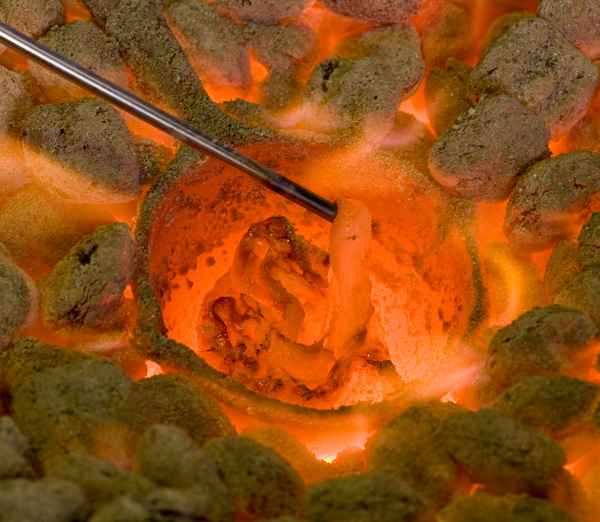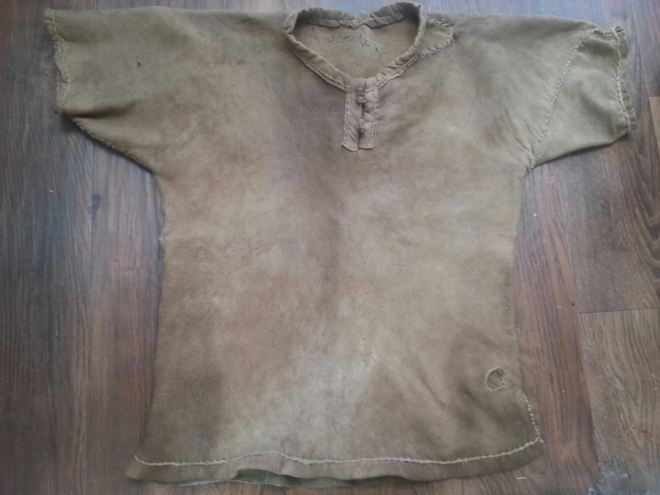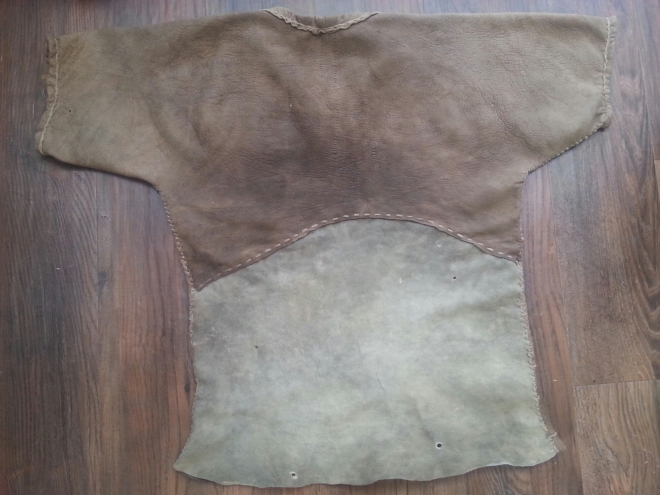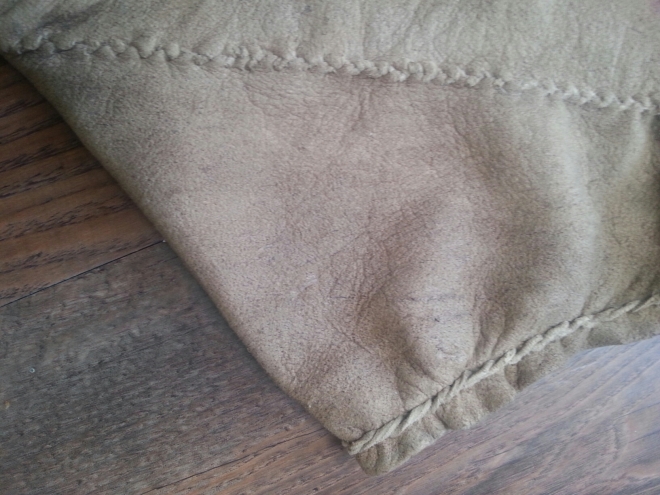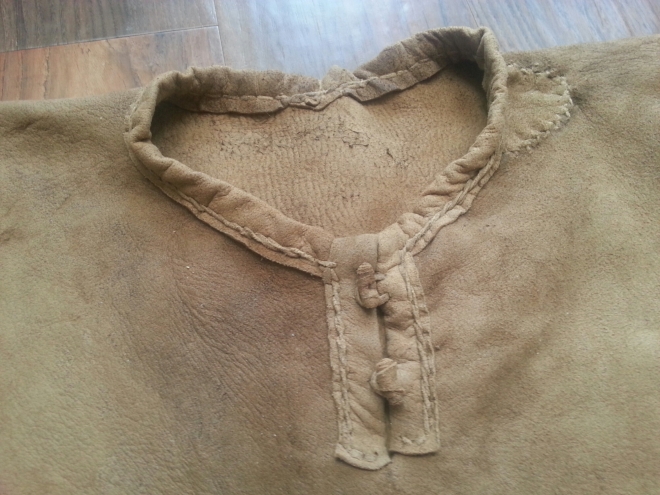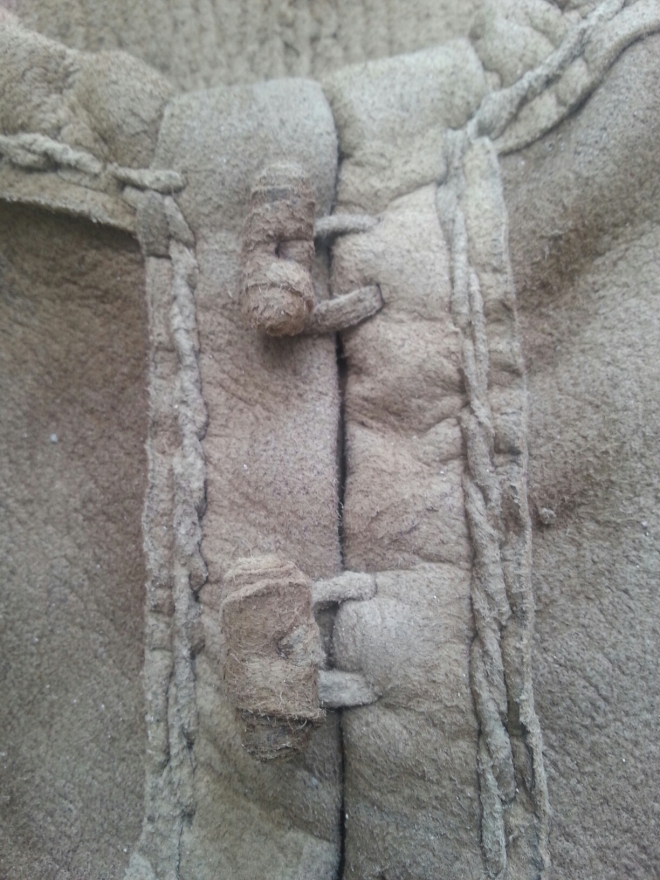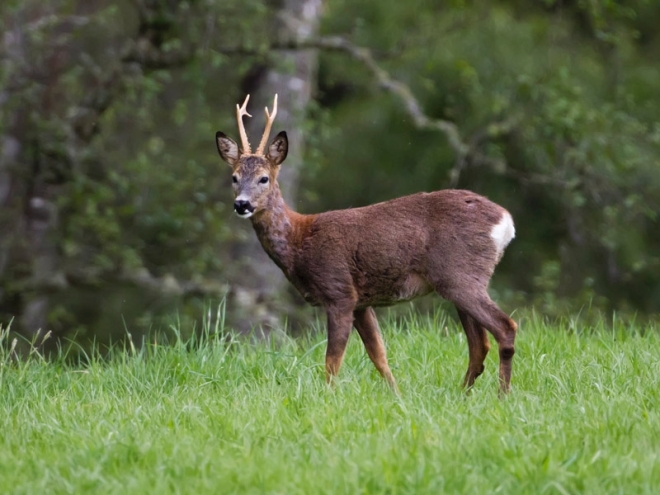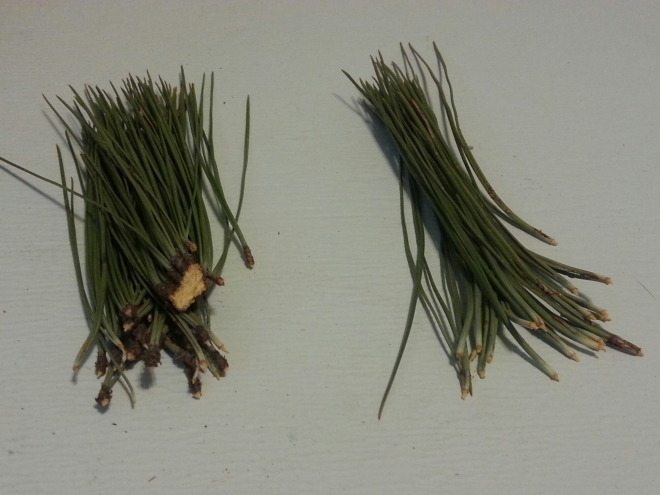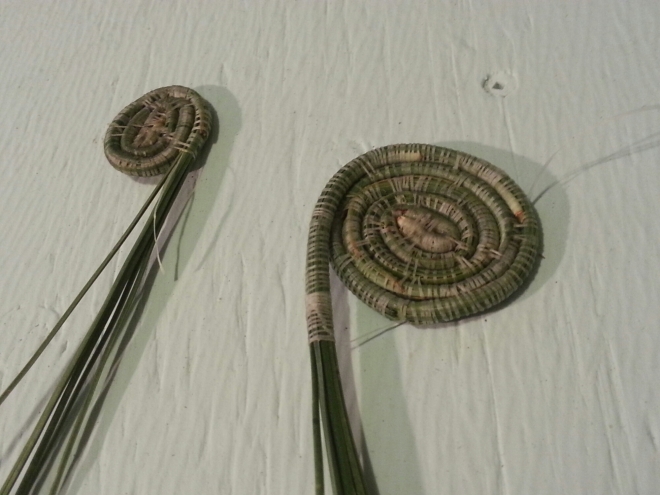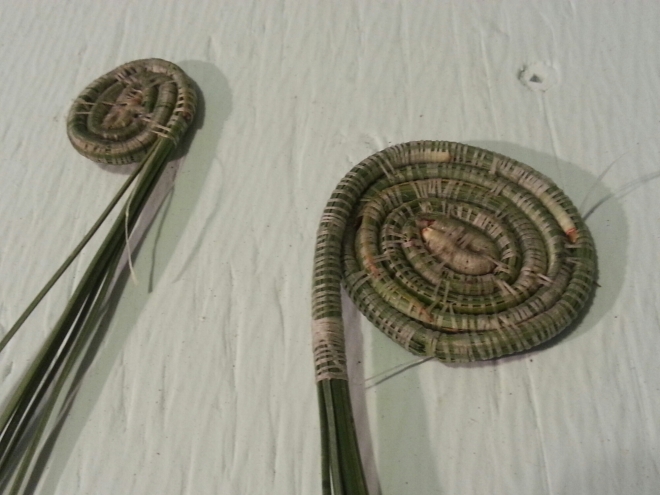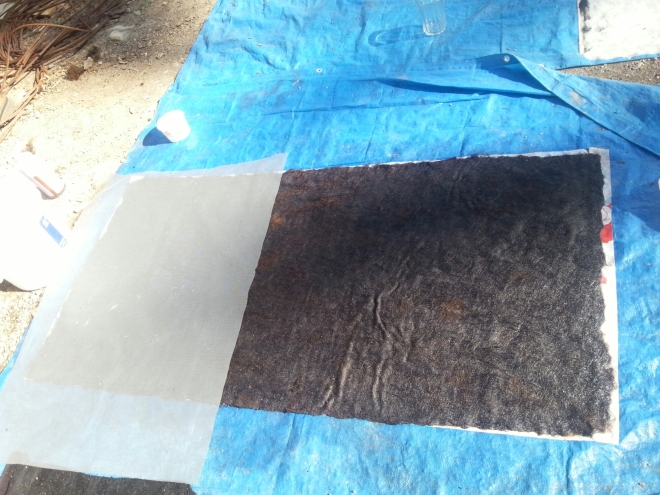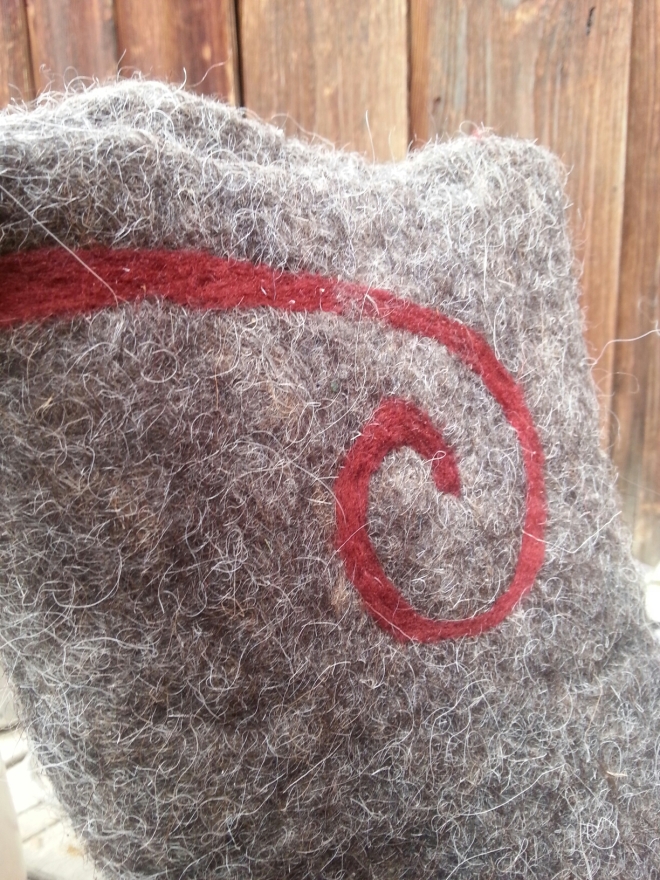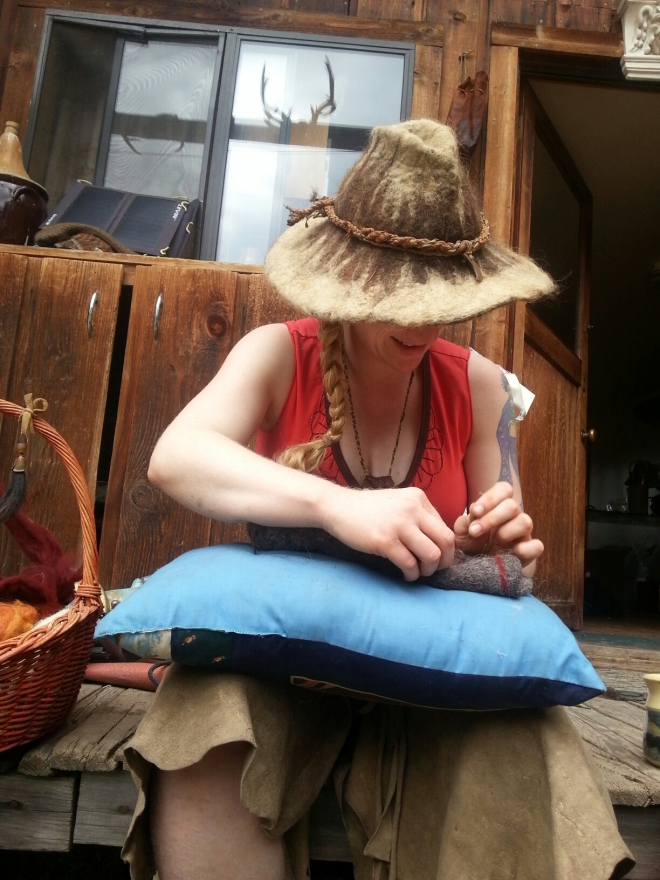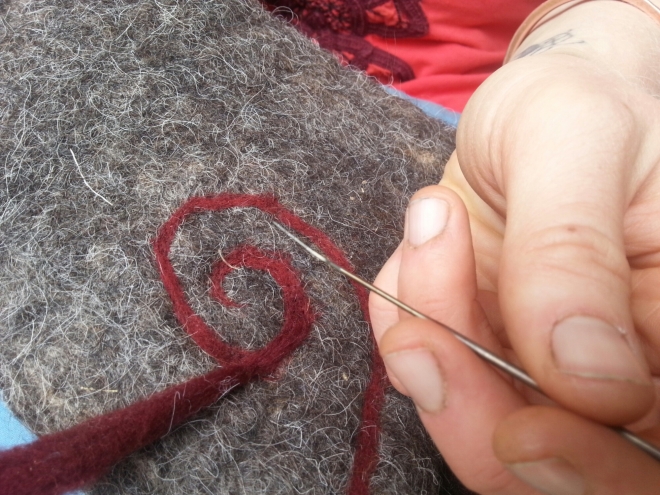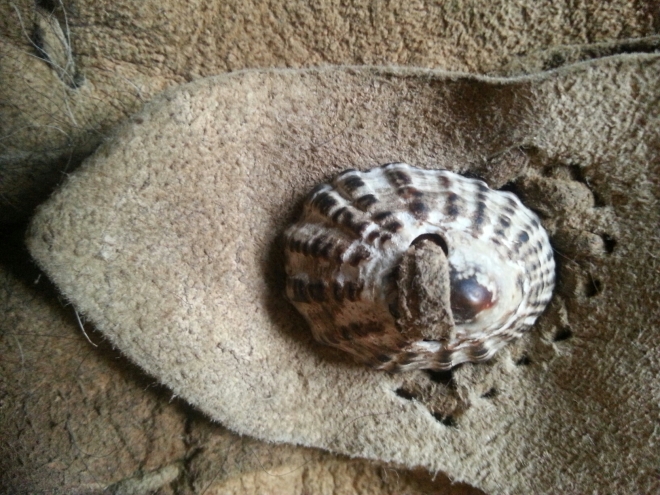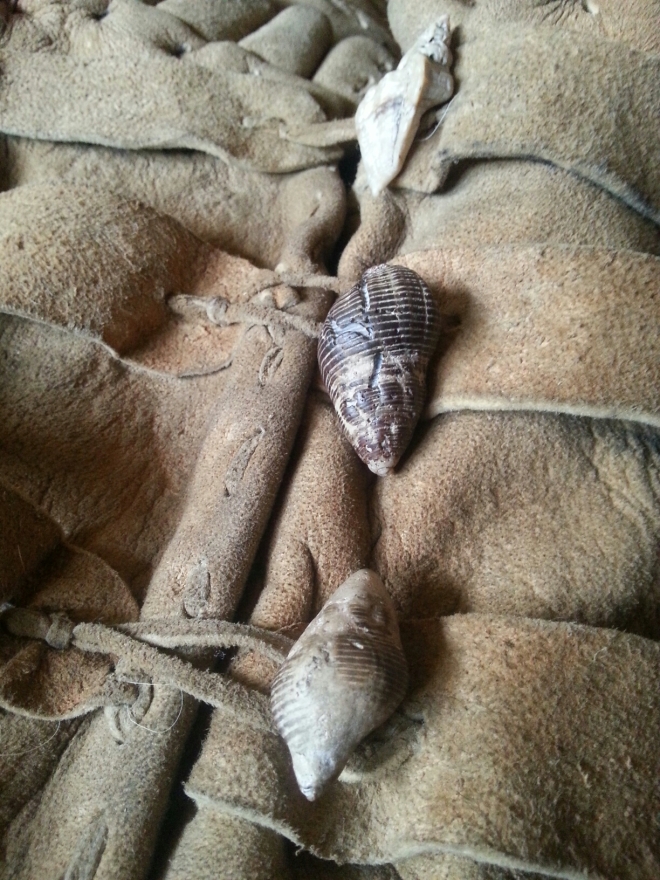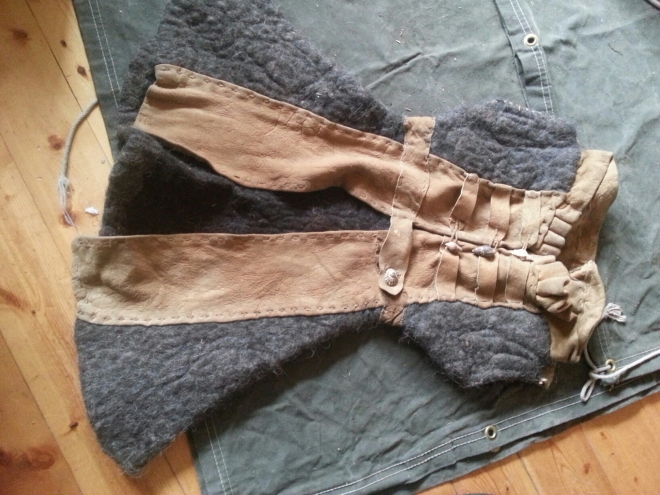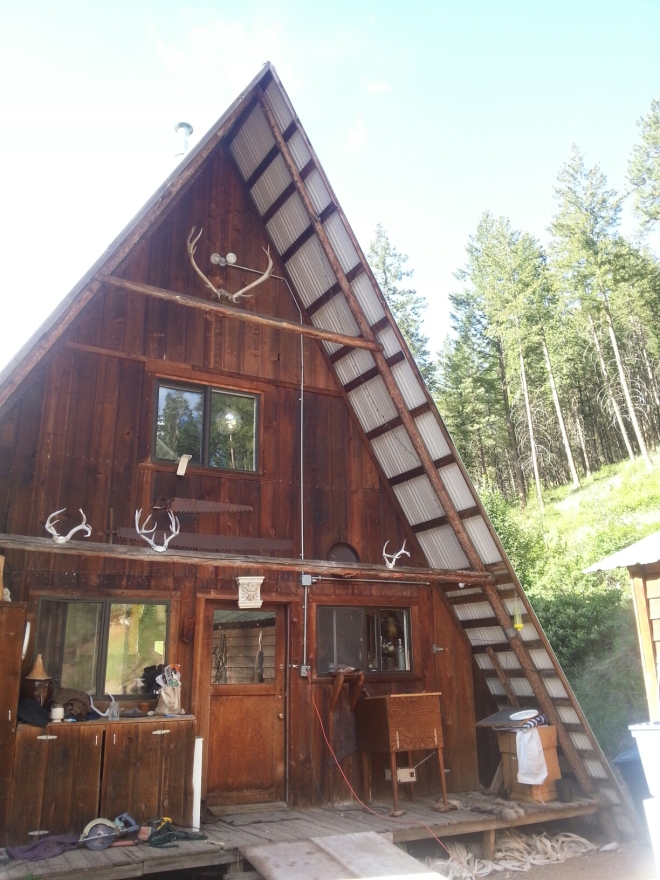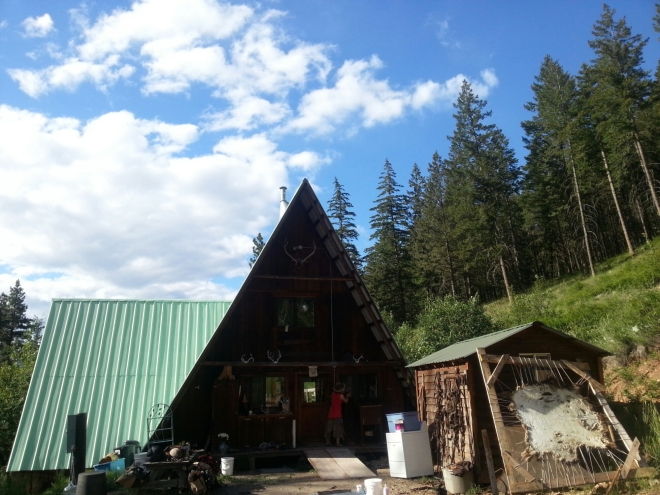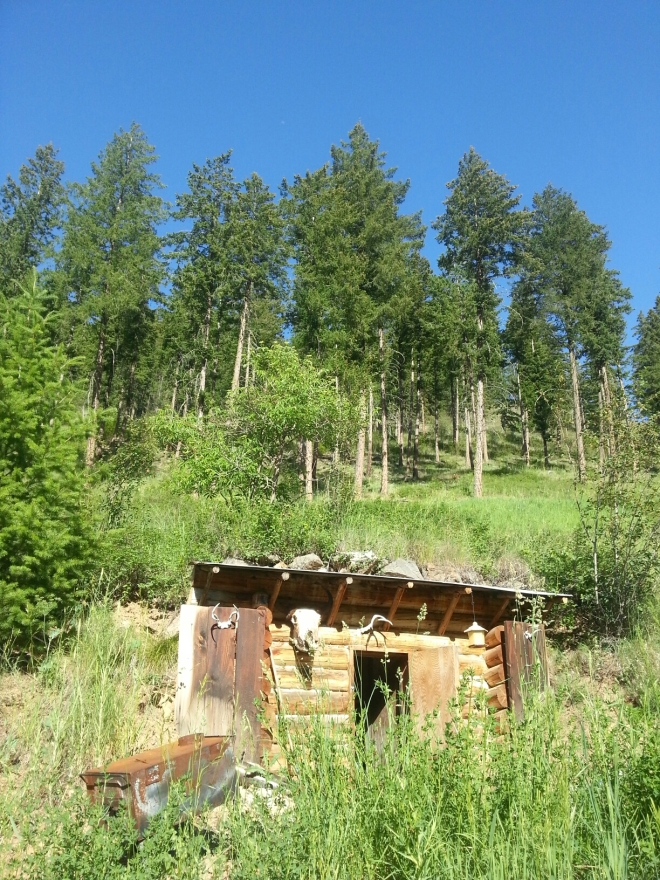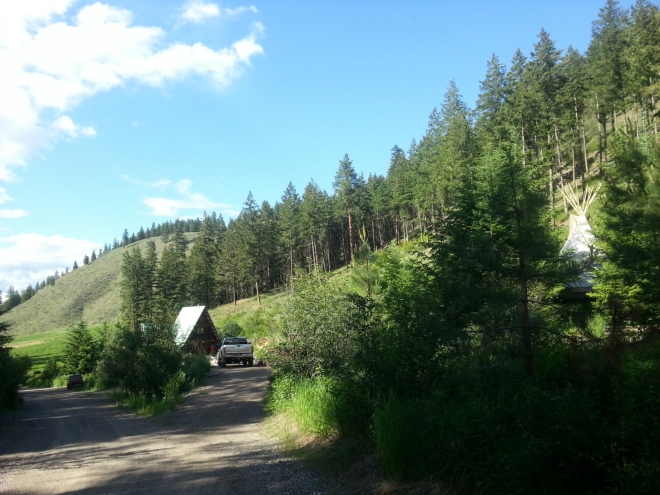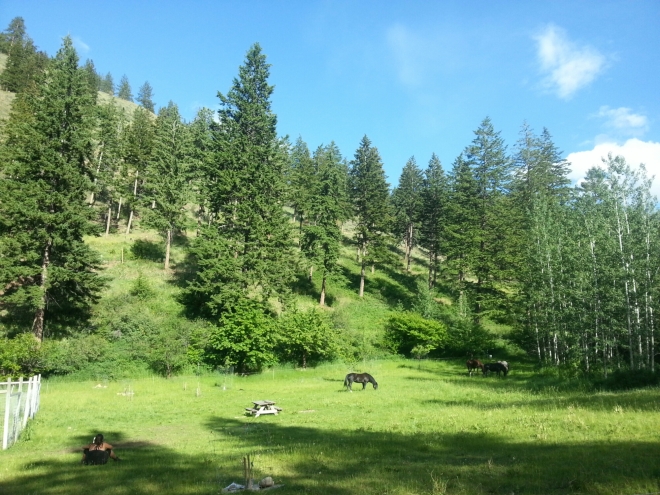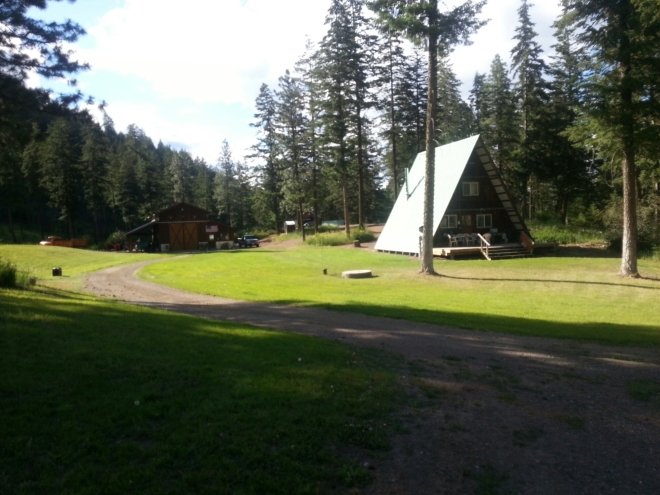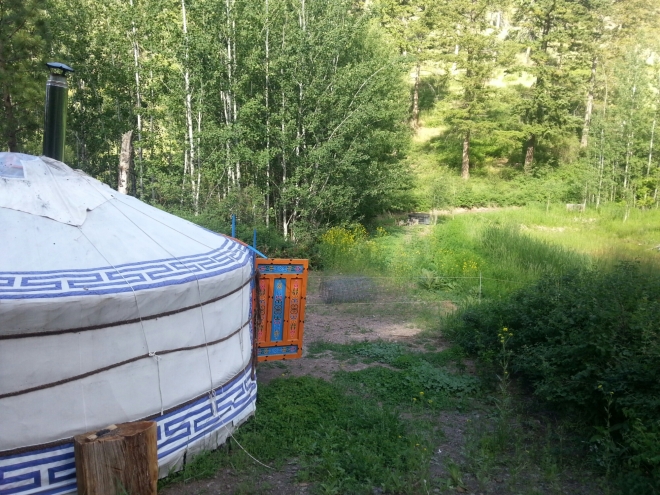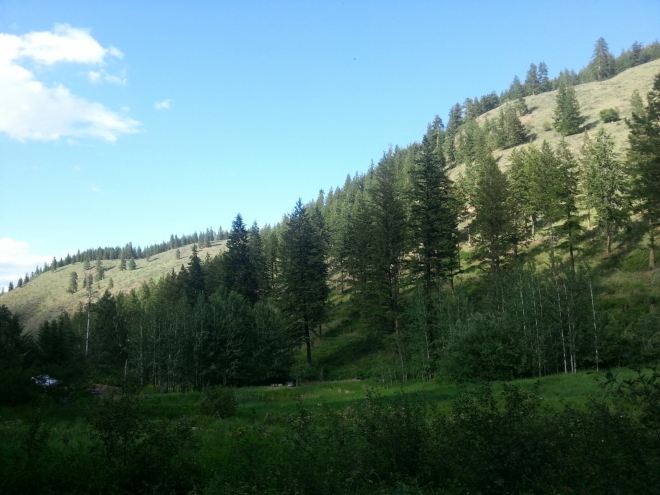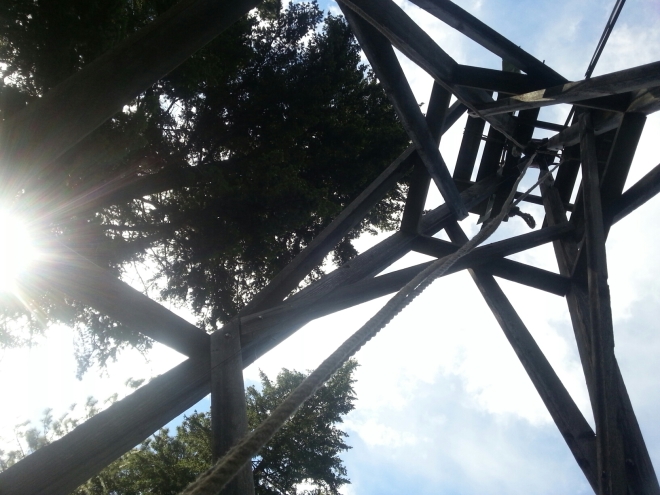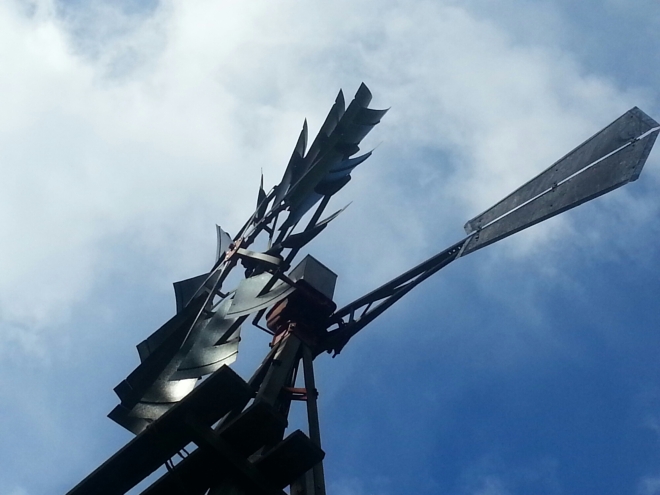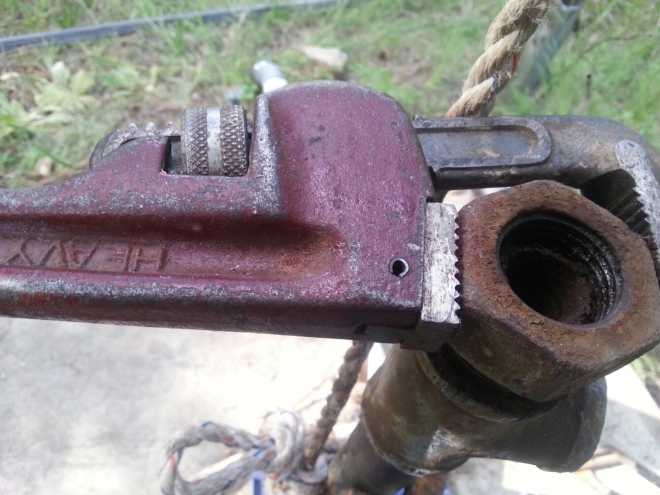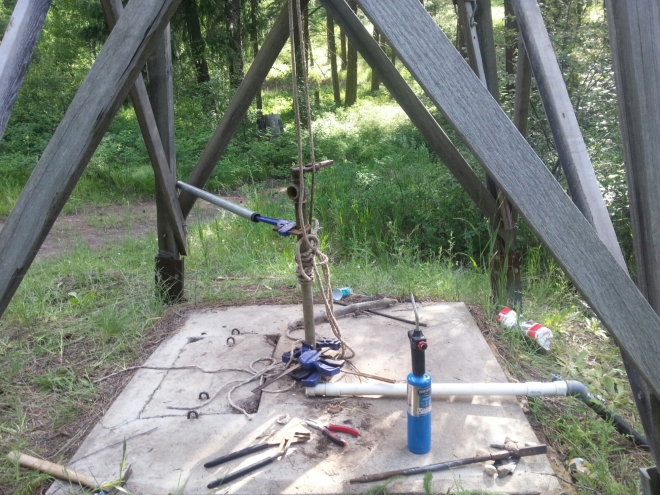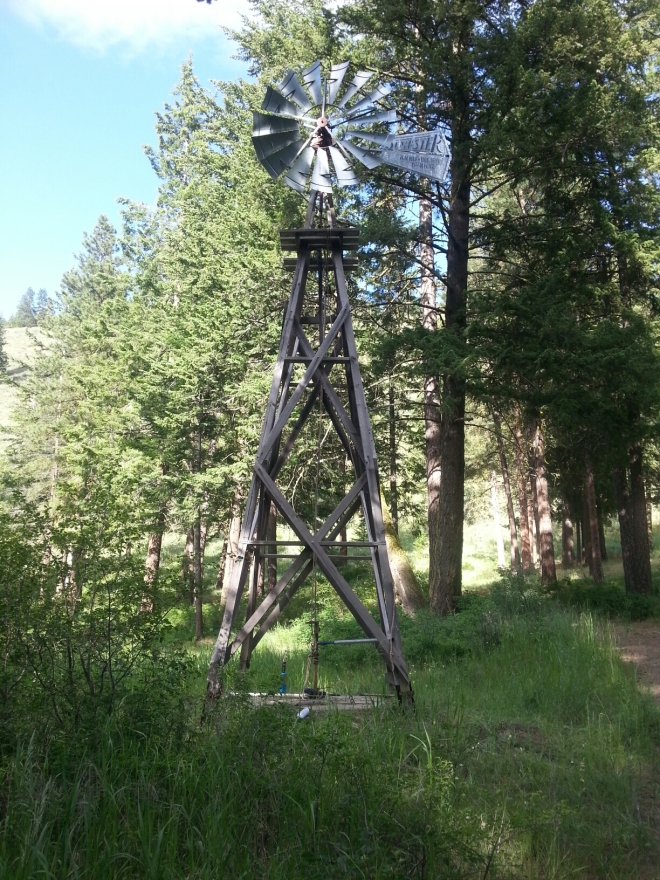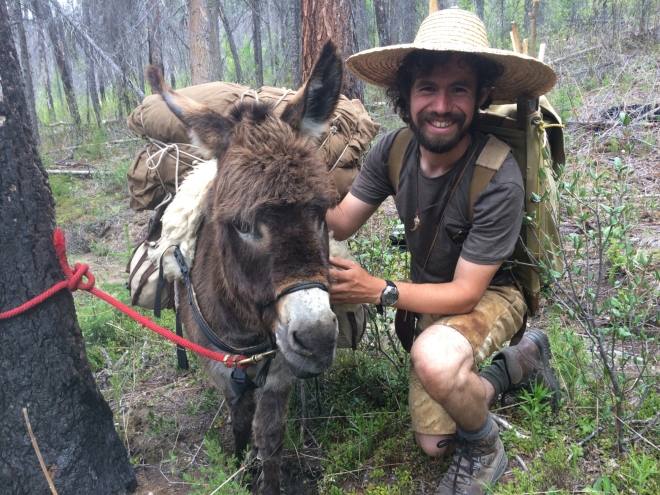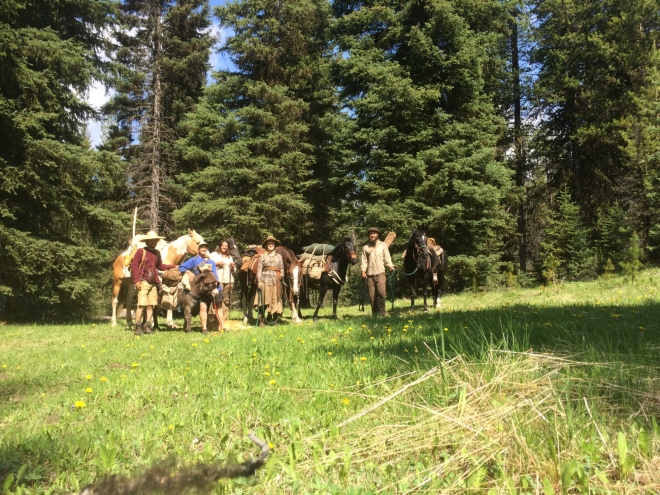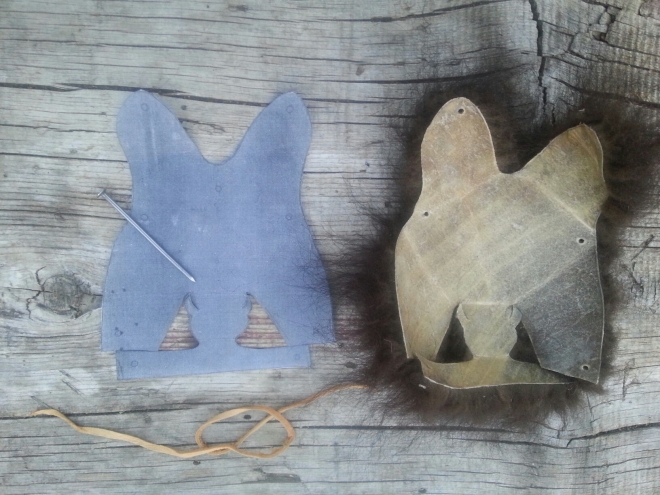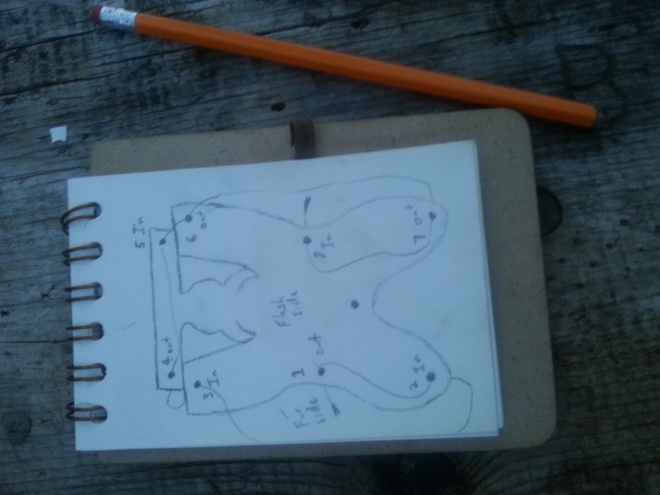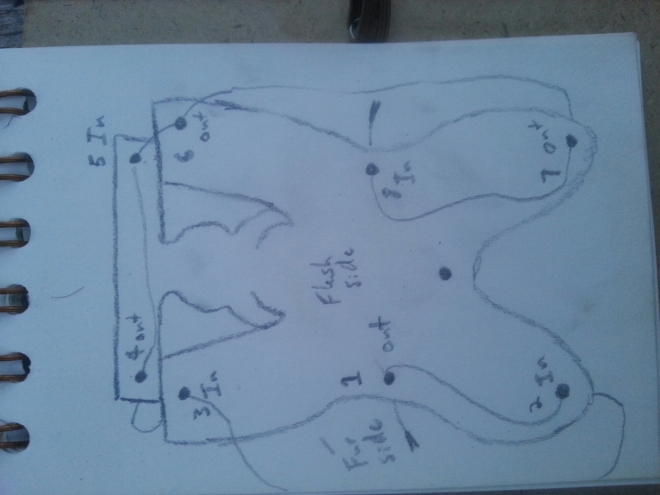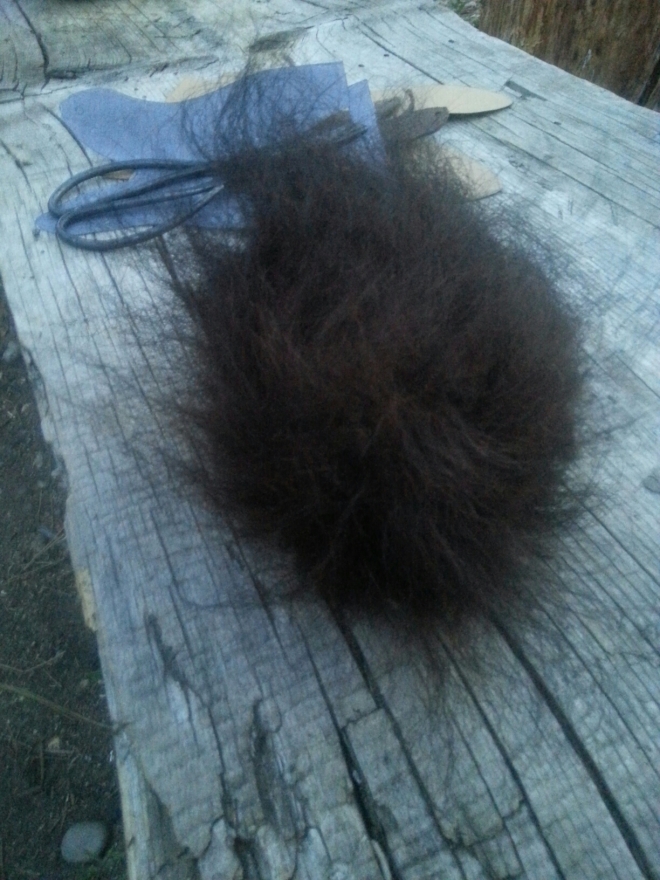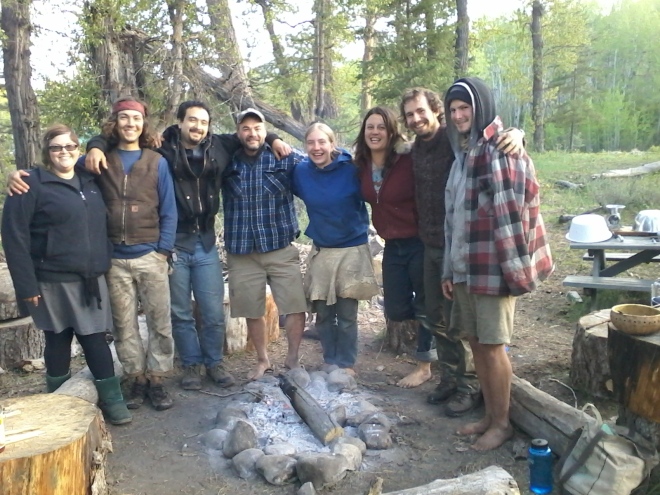So next week I am off to Portland to check out some cute tiny homes. If you didn’t know Portland is the home of a growing community of tiny home owners who are seeking more affordable and sustainable living through downsizing.
Many of these tiny homes are set up to be mobile reducing their impact on the land
Lately I have been thinking a lot about how to set up a tiny home community back in Scotland, ideally in a rural setting. There are many options through the new hutting policies, crofting legislations, renovating old homesteads and through running a business based in a rural area that requires you to live on site for part of the year.
I remember stumbling across an interesting article about a forest hotel in Sweden, so I decided to do a bit of digging.
Kolarbyn is marketed as an eco lodge hotel providing people with wilderness getaway. A natural refuge for silence, wilderness and adventure in a beautiful forest setting just a couple of hours away from the capital Stockholm.
“There is no electricity, only candles and a crackling fireplace to fall asleep to in your cosy cabin. After a silent night you slowly wake up to the birds and a refreshing swim in the lake. It is really fascinating.”
http://www.welcomebeyond.com/property/kolarbyn/
Kolarbyn was the brain child of a forester and his biologist partner who purchased the land in 1993, they began their journey by running workshops and craft festivals from the site as they slowly built a few cabins and developed the site.
In the winter of 1996 the project caught the imagination of villagers from Skinnskatteberg who wanted to build a collection of traditional forest huts by the shore of lake Skärsjön. The idea was to create conditions for people interested in charcoal burning (which had taken place for over 400 years in that area) to practice their techniques in the way it had been practiced in the region for centuries. Kolarbyn enabled practical knowledge as well as it´s belonging cultural traditions and folklore to be passed on to future generations.
Traditonal winter lodge for charcoal workers
Through this time Marcus the owner continued to run lecture series, art galleries, and sustainability symposiums since its inception.
In 2007, they opened the site as an eco hotel to the public. With a collection of living roofed cabins, a lake sauna, and tree houses they have set up a wonderful wilderness heaven for families to visit.
They provide edibles from their food store in a little shack stocked with an array of food from their garden and animals and the surrounding area.
The owners provide meals cooked over an open fire emphasising the community feel of this organisation along with providing visitors the space to experience the beauty of the forest alone.
Marcus soon established a cooperation with the Swedish Tourist Association (STF) as a way to reach nature lovers in Sweden and other countries which seemed to provide strong backing and advertising for the organisation.
http://www.wildsweden.com/kolarbyn-ecolodge/the-story-of-kolarbyn/
The key to this projects success seemed to be its community backing to see these old skills brought back and working with the Swedish tourist board, I wonder what skills would be appropriate in Scotland?
Families in rural Scotland used to tan hides in peat moss till it was as tough as a wooden board. Later the shoe maker would come and heat the leather over a fire while rubbing grease into it till it was flexible and make brogues for the family
Sourced from Crieff Its Traditions And Character book
Maybe bringing back heritage peat or bark tanning, traditonal bog shoe making, traditonal bothy construction or traditional wood work.
Maybe I could use a similar model to develop a space to enable people to outdoor skills and a bit of respite from busy city life.
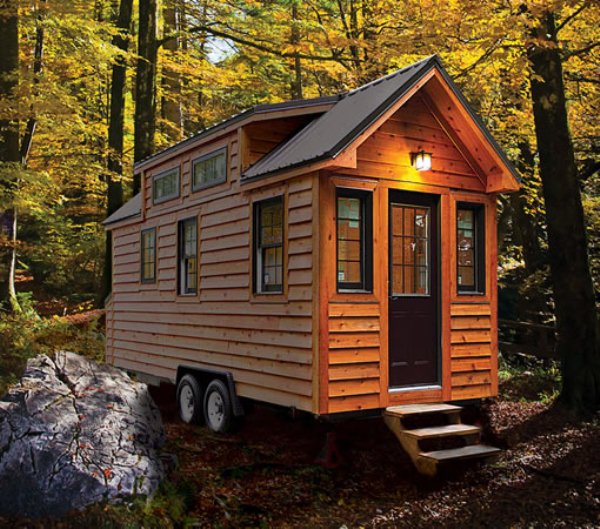
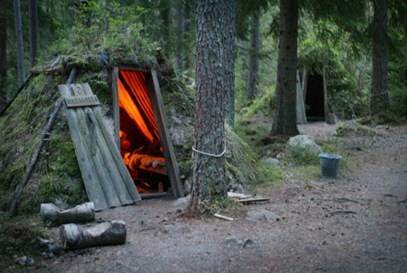
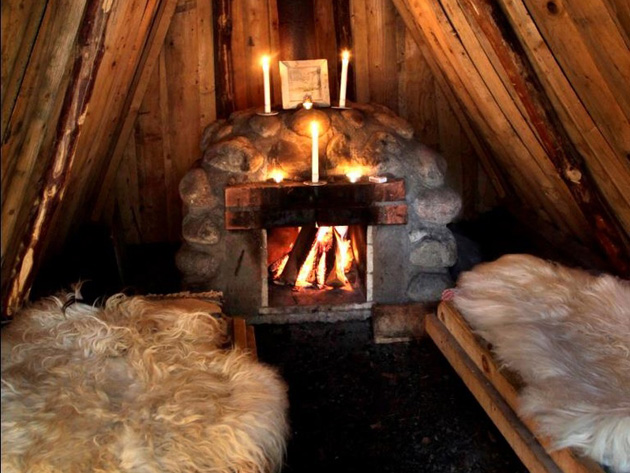
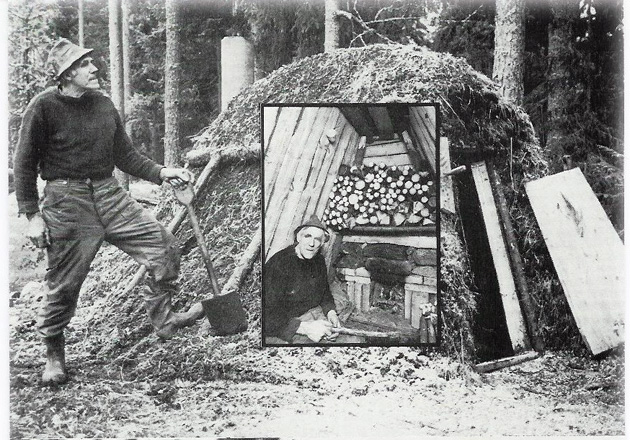
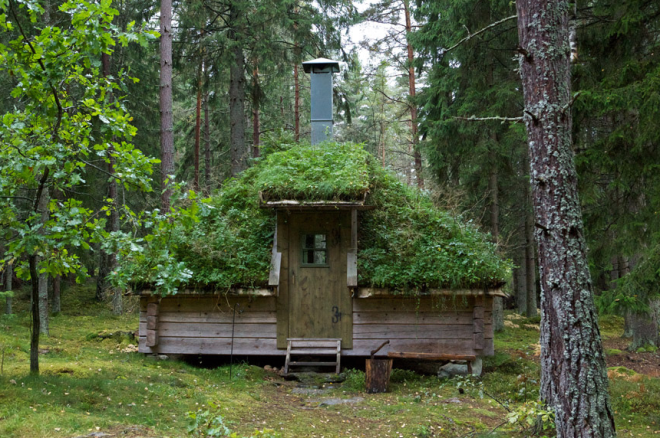
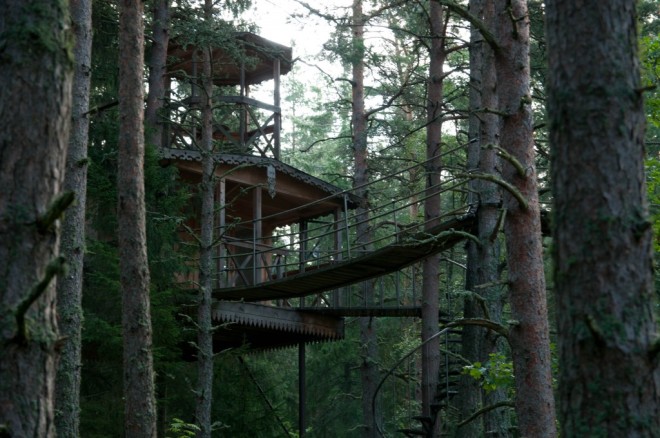
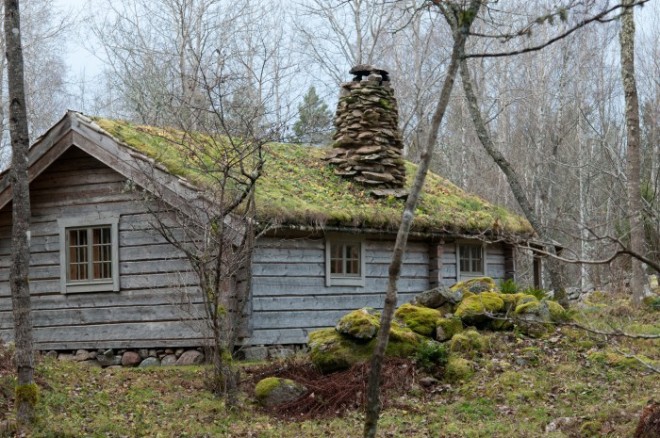
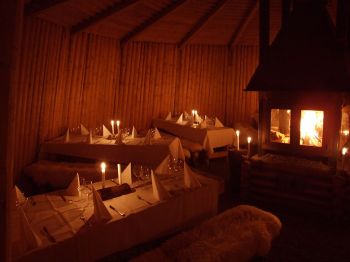
![dyeing leather in 1860-72[1].jpg image](https://traditionalivingproject.files.wordpress.com/2015/08/wpid-dyeing-leather-in-1860-721-jpg.jpeg?w=660)
